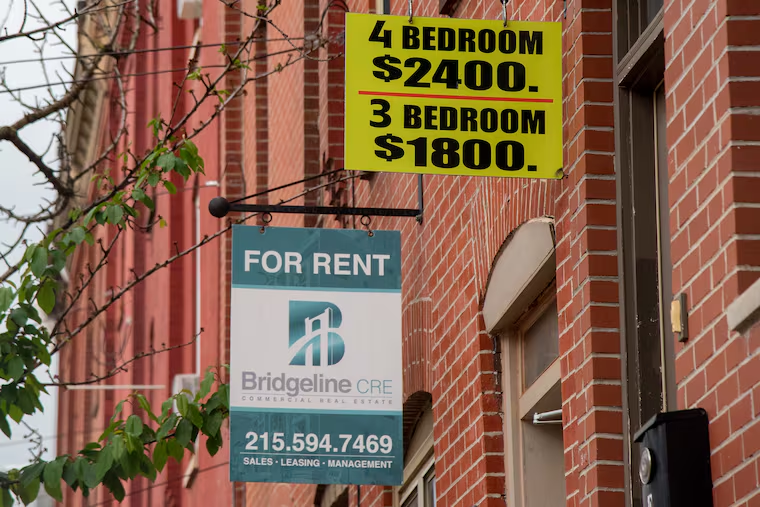Renters in the Philly area have fewer options than in most of the country
Cost and supply are working against renters, some of whom have put home buying plans on hold.

Cost and supply are working against renters, some of whom have put home buying plans on hold.
